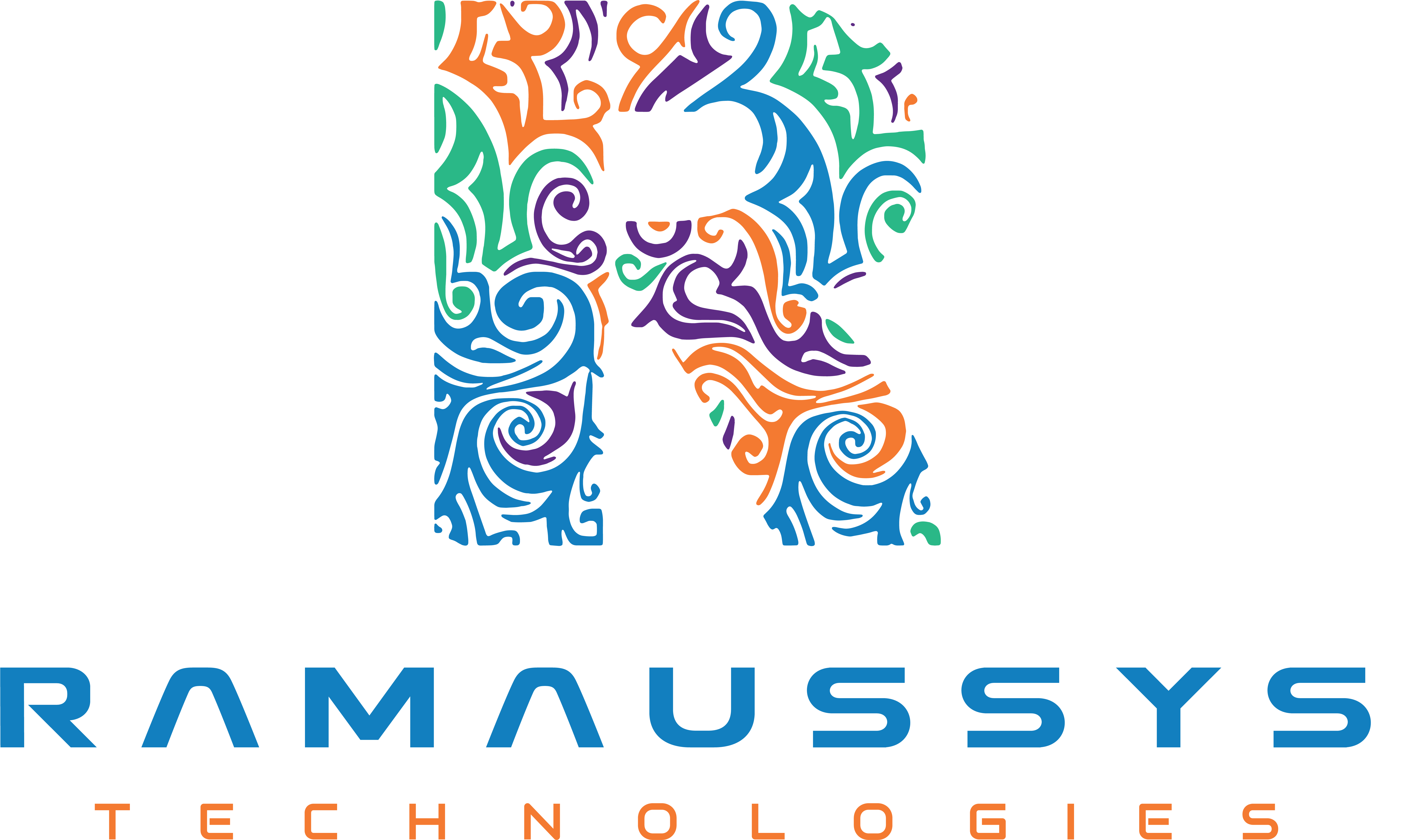In this case, the client was suffering from, above all else, eroded sales-a significant drop in sales-values partly due to a bewildering navigation structure and an outdated website design that kept people away. They needed much more freshness and modernity combined with additional usability enhancements for refreshing the shopping experience in their conversion.
Client Challenges
Goals
This helped the client enhance the user experience with smooth navigation to specific sections of the website and ensured that the site is responsive and accessible on mobiles. Additionally, it was done to maximize conversions by optimizing the checkout process and implementing recommendation systems.
Project Goals
Improving User Experience
Redesign the website with more intuitive navigation and aesthetic layout building interest in the customer.
Enhancing Conversion Rates
Reduce friction in checkout to avoid cart abandonment, allowing the customer to check out easily.
Displaying Products
Use high-quality images and descriptions of every single fashion product to make a good decision about the purchase for the customer.
Implement personalisation features
Offering recommendations that are tailored to the user and content also personalized would increase return visits, as well as boost the levels of engagement.
Research
User research
We conducted user interviews and took surveys in order to research customer preference and behavior. Here, the important findings about users are that they want the fastest access to products, reviews deep enough, and a mobile-friendly buying experience.
Competitive Analysis
Competition analysis revealed the need for an attractive and appealing layout and, most importantly, ensuring that social proof such as review by the customers and influence of some influencers is promptly applied. Well-established brands often provided easy navigation and personalized shopping, which attracted the customers to themselves.
Requirements Gathering
Such features include advanced search filters, smart checkout procedure, and the integration of customer reviews. Beyond this, responsive design and personalized recommendation of products have become necessary features in getting toward the ideal user experience.
Design Process
Wireframes and Prototypes
We created low-fi Figma-based wireframes, primarily focusing on the layout and user flow to visualize navigation and general structure. We opted for a design process that would bring clarity and ease of access to products with key features in view and enhancing user engagement.
User Testing
Usability testing was conducted in which the prototype was engaged with a set of target users. Even the suggestions that had come from the elicited users liked the layout, but the improvement suggestions regarding the functionality of the filters motivated the team to refine the design to make the product easier to discover and select.
Final Design
Visual Design
The final design includes the colorful palette drawn from seasonal trends along with elegant typography that will enhance the readability and brand identity. Key screens are clean, incorporating ample white space, which draws most of the attention towards the images of the products in addition to providing a very smooth browsing experience, whereas the interactive elements cater to the effective engagement of the user.
User Flow
The user journey begins from the homepage, where they can navigate with ease through the collections and categories. Users are then led to product details, add-to-cart functionality, and checkout – all these are streamlined. Post-checkout prompts for customer feedback and repeat visits make the customers feel like part of the family.
Development
Tech Stack
The project used React for the frontend to make the UI dynamic and responsive. Tailwind CSS was utilized for extremely fast styling. Node.js and Express handled backend functionality, MongoDB managed data, and Firebase was used for user authentication.
Collaboration
We had regular design review sessions with the developers and relayed clear specifications via Figma. We kept very open lines of communication for feedback and adjustments to ensure the final implementation is heavily aligned with the original vision.
Challenges and Solutions
Technical Challenges
The technical challenge was when it had to be displayed rapidly to show high resolution images. This in the beginning had a very initial hit on the performance, so we solved it through image optimization techniques and lazy loading.
Design Challenges
Here, the challenge was to create an intuitive filtering system that balances functionality and aesthetic appeal. Successive rounds of user testing and iterative refinements were conducted and improved usability while maintaining attention to the aesthetic appeal of the layout.
Results
A post-launch check revealed 30% growth in website traffic, attributed largely to improvements in search engine optimization and a better experience for users. Conversion rates were improved by 25%, largely because of the reorganized checkout process and improved view for products. In addition, customer reviews ratings increased by 40% in respect of positive reviews as the users were mentioning that the site was easy to navigate through and generally satisfied.
Client Feedback
A post-launch check revealed 30% growth in website traffic, attributed largely to improvements in search engine optimization and a better experience for users. Conversion rates were improved by 25%, largely because of the reorganized checkout process and improved view for products. In addition, customer reviews ratings increased by 40% in respect of positive reviews as the users were mentioning that the site was easy to navigate through and generally satisfied.

